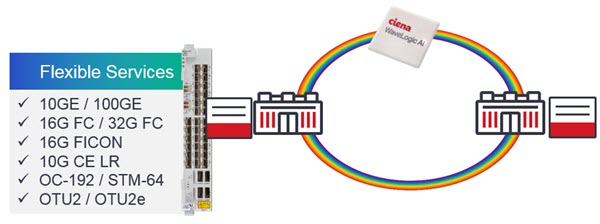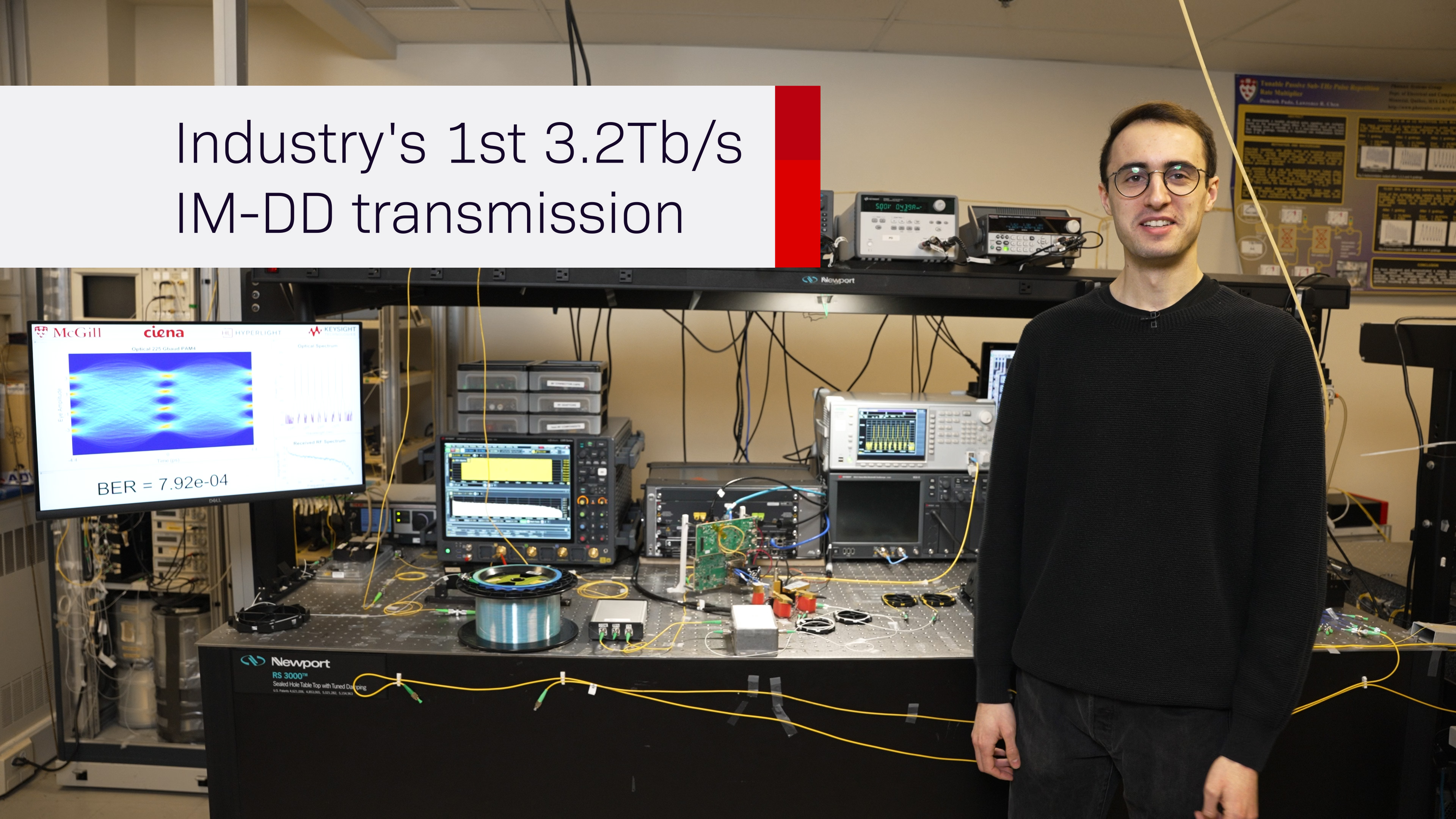Modernizing your Storage Area Network? Don’t neglect the interconnect
Today’s enterprise customers are demanding a more personalized, higher quality experience in every interaction, anytime, anywhere. They demand real-time access to applications and responses that anticipate their needs. And they do not hesitate to switch vendors if their needs are not met.
To thrive in this new world, enterprises are deploying technology that enables them to generate meaningful insights and actionable information from volumes of raw data. Technologies like artificial intelligence, machine learning and other technologies enable enterprises to integrate intelligent data into all facets of customer interaction. But these technologies are also straining storage area networks.
Modernizing Storage Area Networks with Flash
To meet the needs of the latency and performance requirements of these “zettabyte” - age technologies, enterprises are upgrading their storage infrastructure. With global data volumes doubling every two years, storage infrastructure needs to collect, filter, mine and transfer data in real-time.
That’s why many enterprises are upgrading to a Flash-storage architecture. Enterprises are moving applications - especially performance critical ones – from traditional spinning disk direct attached storage device arrays to flash storage arrays. The reduction in latency and improved response times achievable through flash storage can provide faster transaction processing and allows more transactions to be processed per time interval.
With global data volumes doubling every two years, storage infrastructure needs to collect, filter, mine and transfer data in real-time.
Flash’s sub-millisecond latency enables enterprises to uncover insights from mixed mass data far more rapidly – and make better decisions by leveraging the power of analytics, artificial intelligence and machine learning. For example:
- Finance: In the fast-moving world of global securities, missing an opportunity by a millisecond can cost millions of dollars. Flash enables traders to sift through large volumes of data to quickly identify subtle shifts in market momentum and take advantage of a brief arbitrage opportunity before it closes.
- Healthcare: Medical researchers face data access challenges as they seek to bring AI-enabled
 innovations to patients. Large data sets that are estimated to reach 2,314 exabytes by 2020 in legacy arrays can cause delays and missed opportunities for patients. Low-latency flash arrays enable quick access to data that can improve accuracy and save time.
innovations to patients. Large data sets that are estimated to reach 2,314 exabytes by 2020 in legacy arrays can cause delays and missed opportunities for patients. Low-latency flash arrays enable quick access to data that can improve accuracy and save time.
As costs have decreased significantly over the past few years, flash-storage is becoming the de-facto primary enterprise storage technology.
How to maximize this technology?
Enterprises deploying flash technologies must also have network connectivity that enables them to realize the full potential of flash. The bigger the workloads and applications are from AI and ML, the greater the possibility of saturating the bandwidth interconnect. That’s why many large enterprises are upgrading their Fibre Channel (FC) network to 16 Gbps or 32Gbps. Moving to higher FC link speed helps alleviate congestion and maximize flash’ performance.
Enterprises deploying flash technologies must also have network connectivity that enables them to realize the full potential of flash.
Data and applications need to be available 24x7 to meet the demands of customers, partners and vendors. Unplanned outages, and even planned ones, cause major business disruptions that are costly and impact service to end customers. If enterprises put their mission critical data on flash arrays, it must be resilient and easily recoverable. Anything less can put critical business data assets at risk.
Enterprise-class data resiliency through replication and backup in separate data centers is critical. And the interconnect capacity has to have the flexibility and scalability to meet high-performance, low-latency requirements.
Flexible interconnect technology is key
To enable this fast-paced environment on the storage side, the network providing the interconnection between these increasingly faster arrays must have these key characteristics to deliver on the business objectives:
- Support a variety of protocols – 16G and 32G FC services is a must, however the ability to combine these with other services like 10G or 100G Ethernet provides operational and financial benefits
- Aggregate more signals over a single wavelength that can scale to 400G, therefore reducing the number of channels required for the different services, the number of transceivers required and the associated cost
- Offer a variety of protection and resiliency schemes - with the business-critical nature of these systems, it is imperative that the data always remains available; care must be taken to protect against both equipment and fiber failure scenarios
- Ensure moving to better performing infrastructure is cost-effective - with budgets under ever-increasing pressure, a successful solution preserves existing network solution investments, while supporting higher FC speed circuits with a simple module addition
- Scale to meet changes on demand – a programmable infrastructure, coupled with powerful analytics and software-based control enable greater adaptability to the latency and performance demands of flash-based SAN

Ciena’s market-leading 6500 packet-optical platform addresses these critical requirements with the WaveLogic Ai (WLAi) FOTR modules, which enable operators to tune capacity from 100G to 400G, in 50G steps to maximize capacity for any distance. These highly dense optical transponder interfaces support a wide range of services, including 16G/32G Fibre Channel and Ethernet, as well as Multi-Link Trunking capabilities for flexible, high-performance, cost-effective interconnection between storage arrays in data centers.
Combining the flexibility and programmability of the 400G WLAi FOTR modules with flash storage architecture and Gen6 Fibre Channel is the winning recipe to thrive in an increasingly competitive, “consumerized” world.






